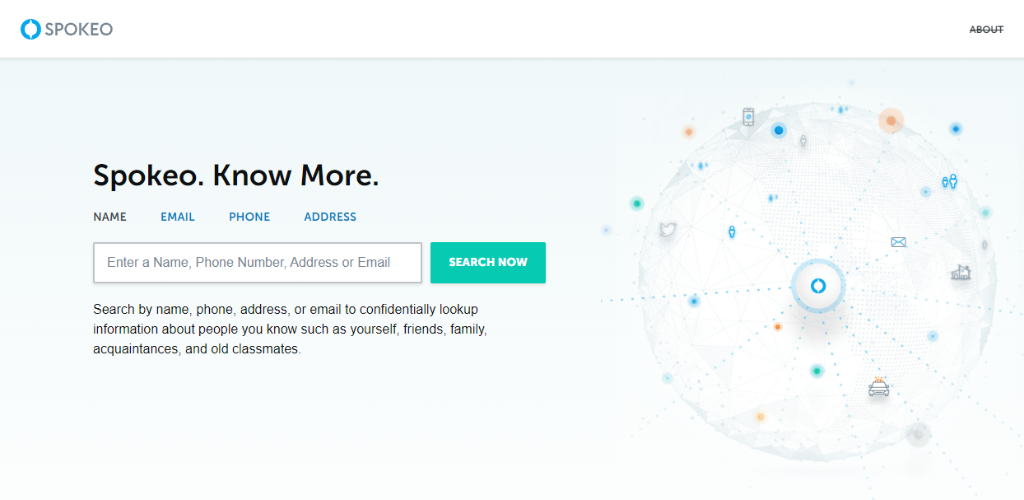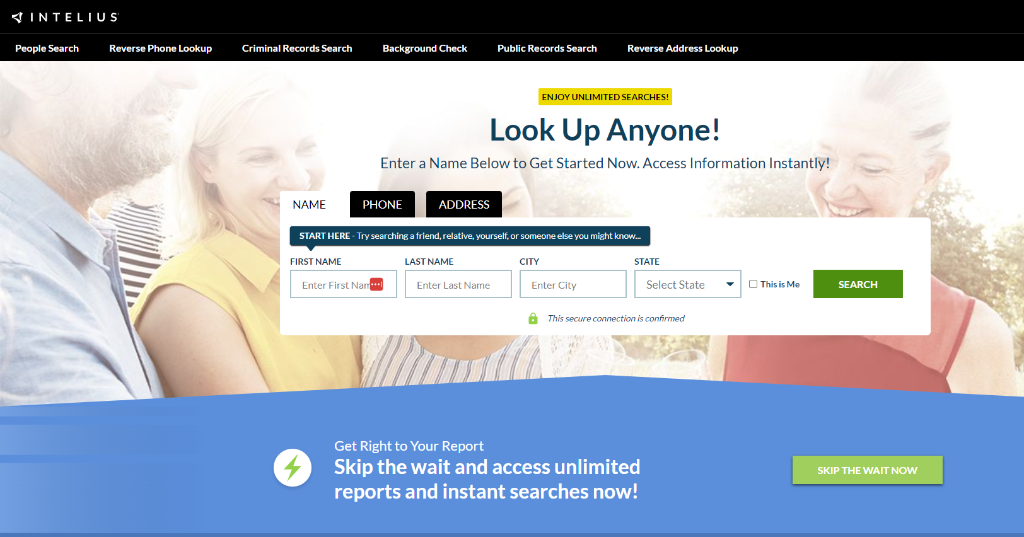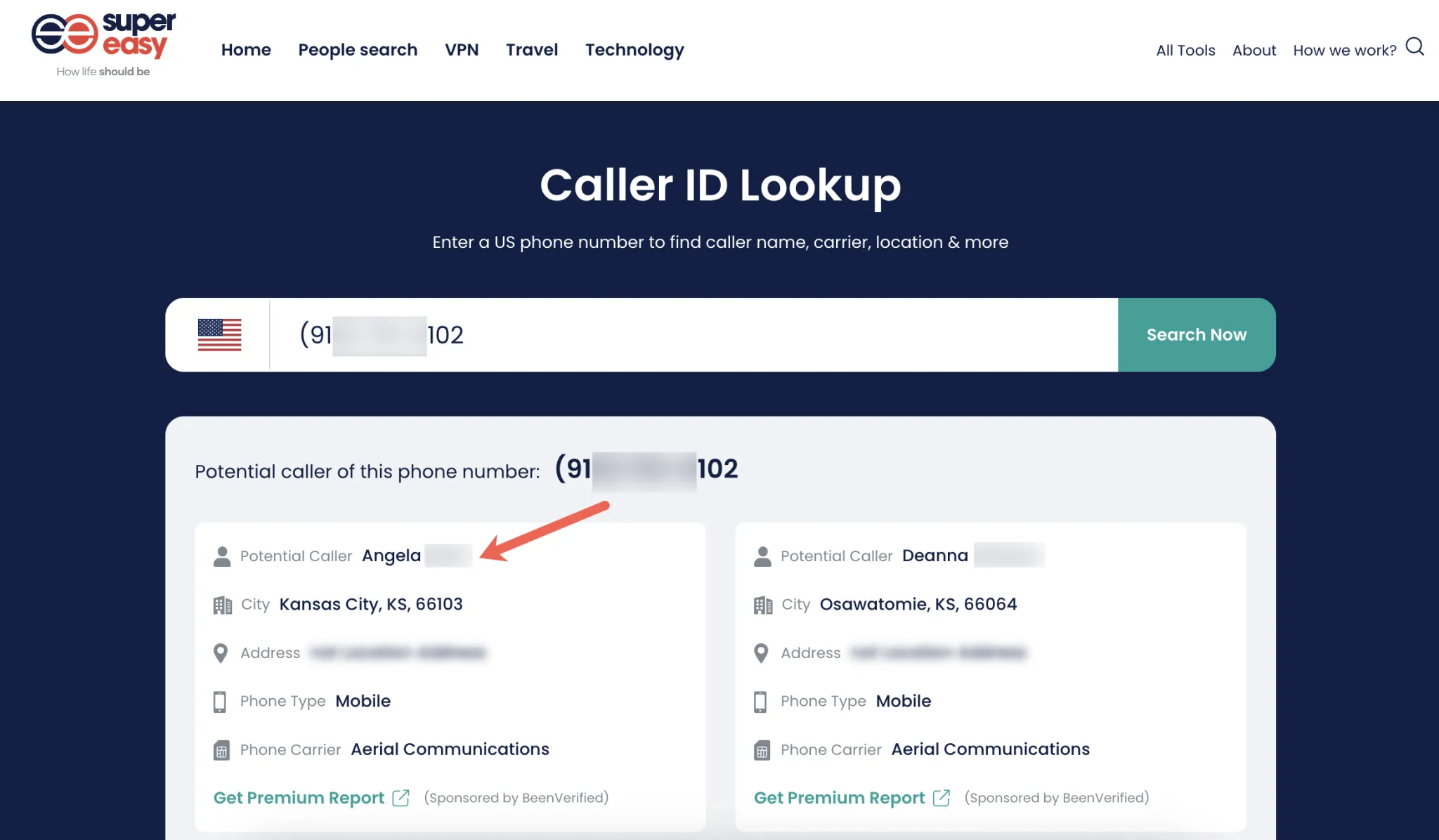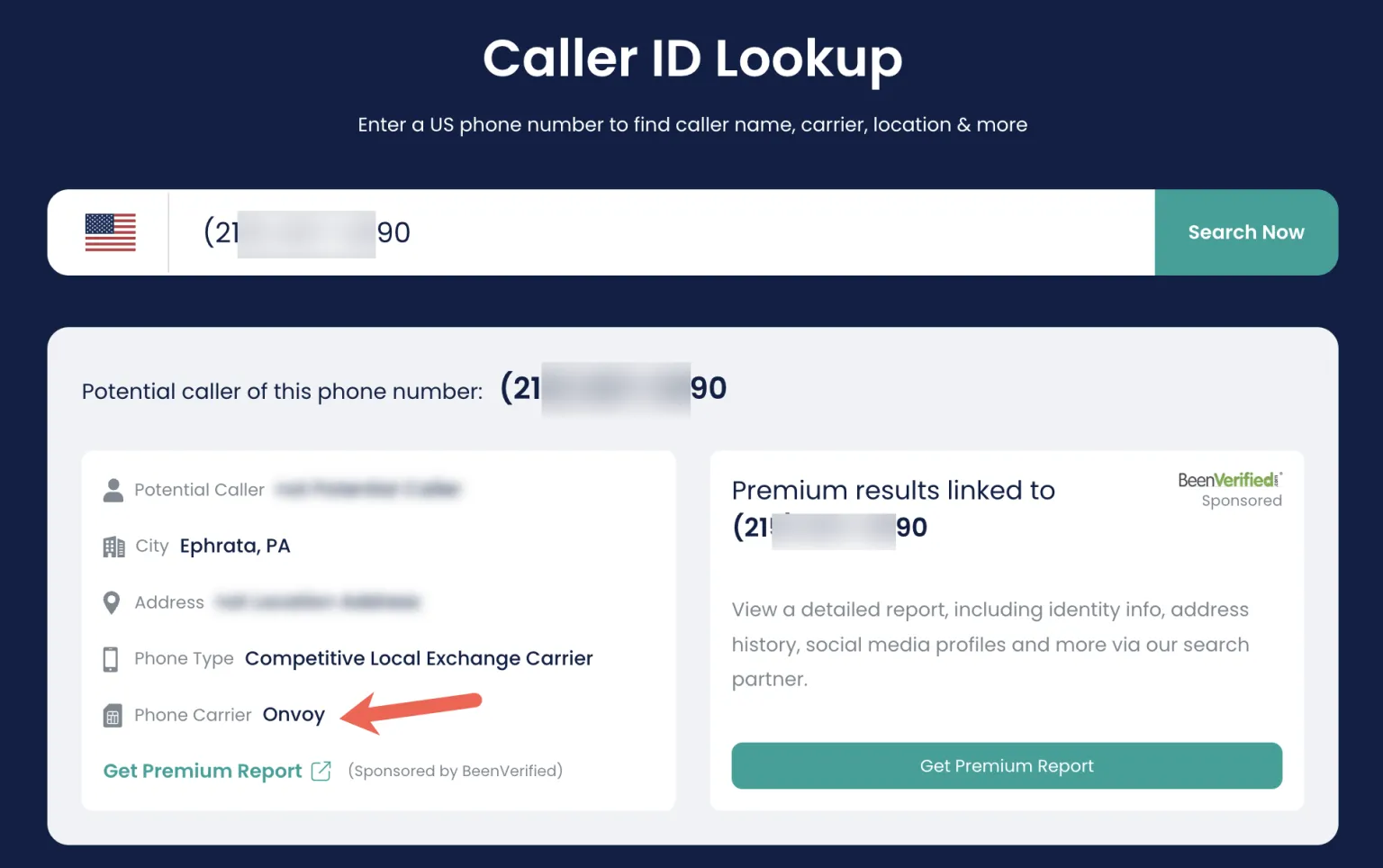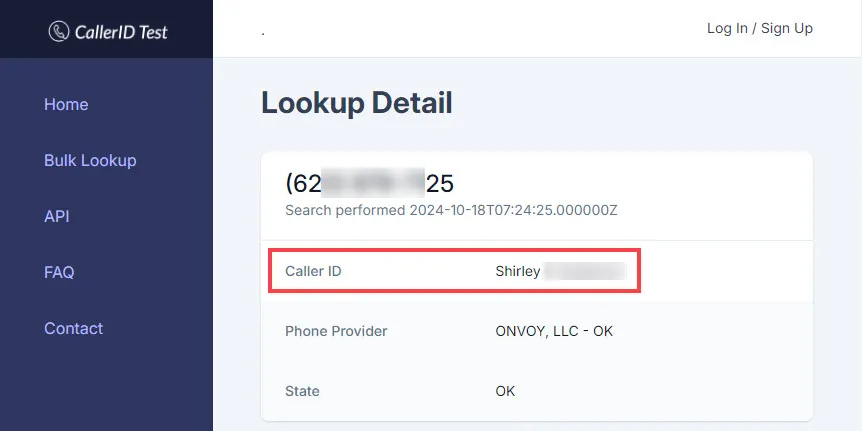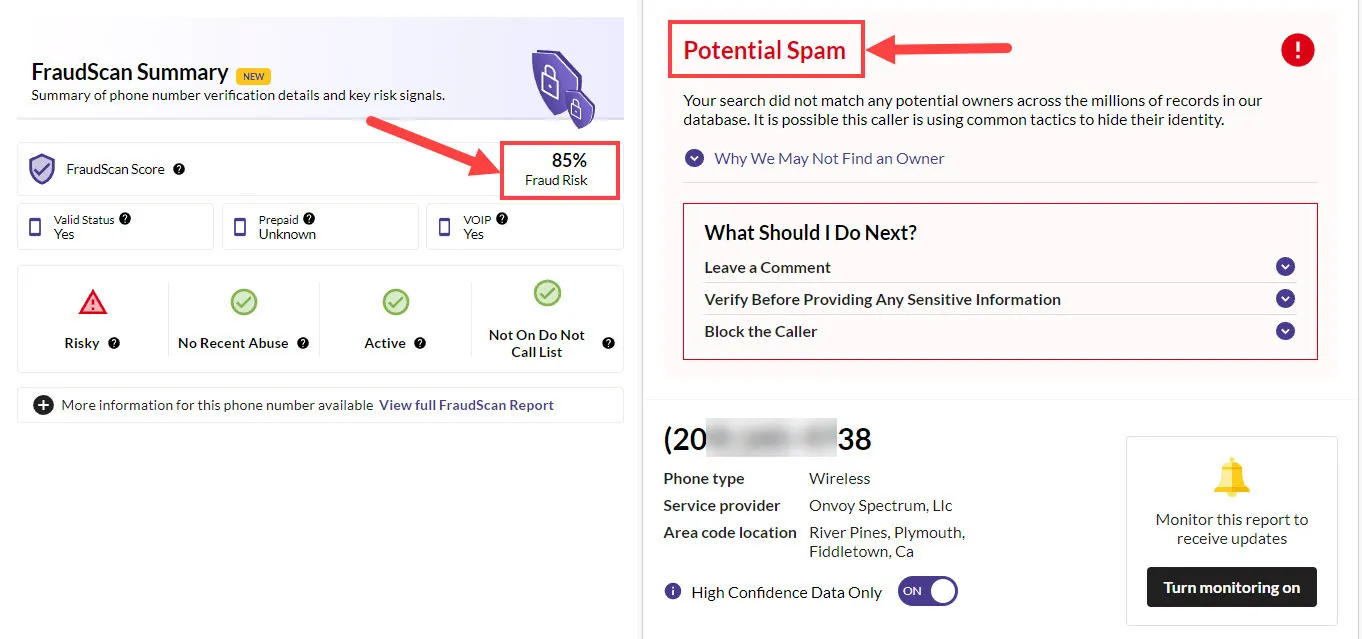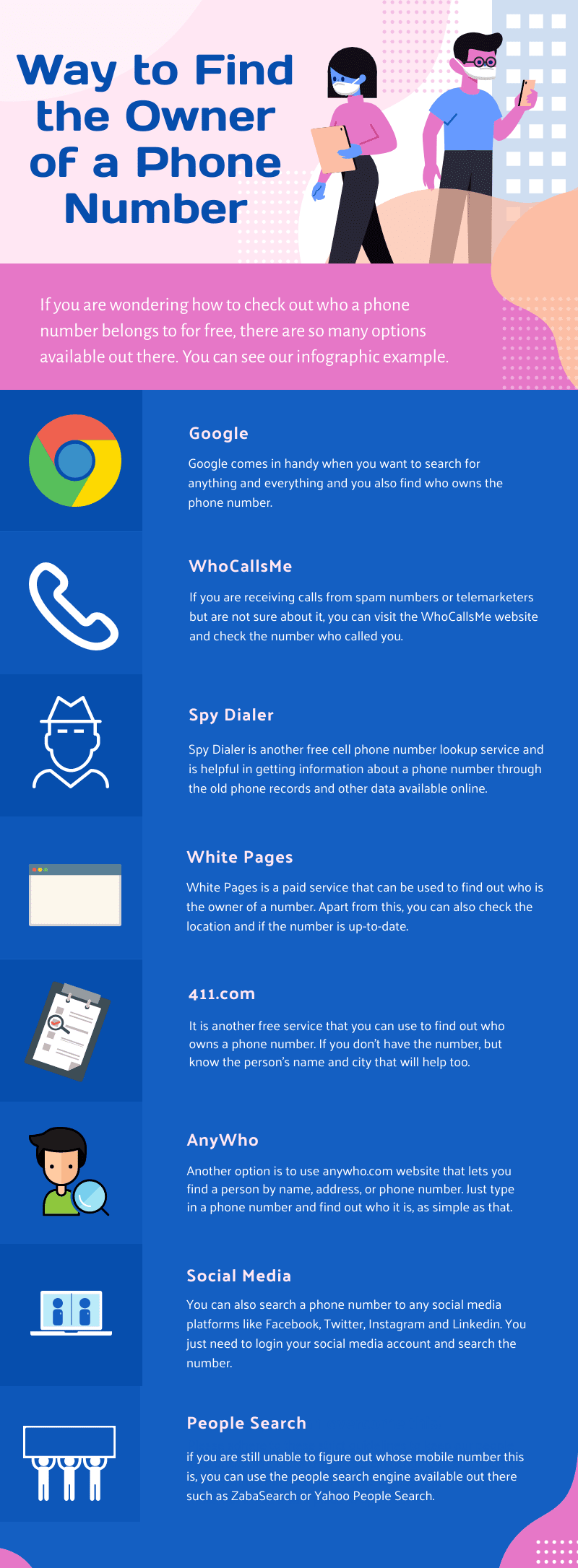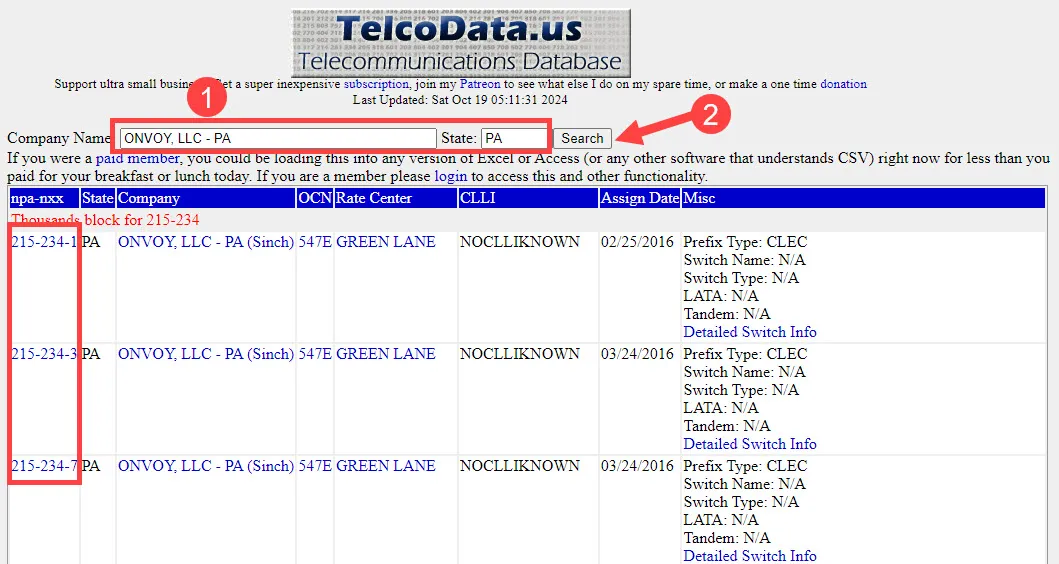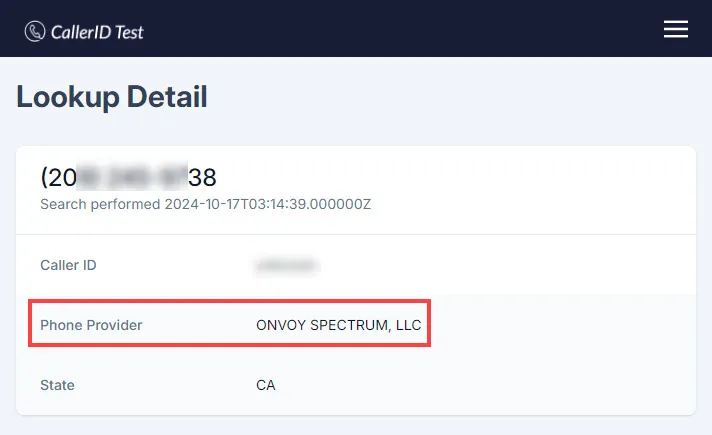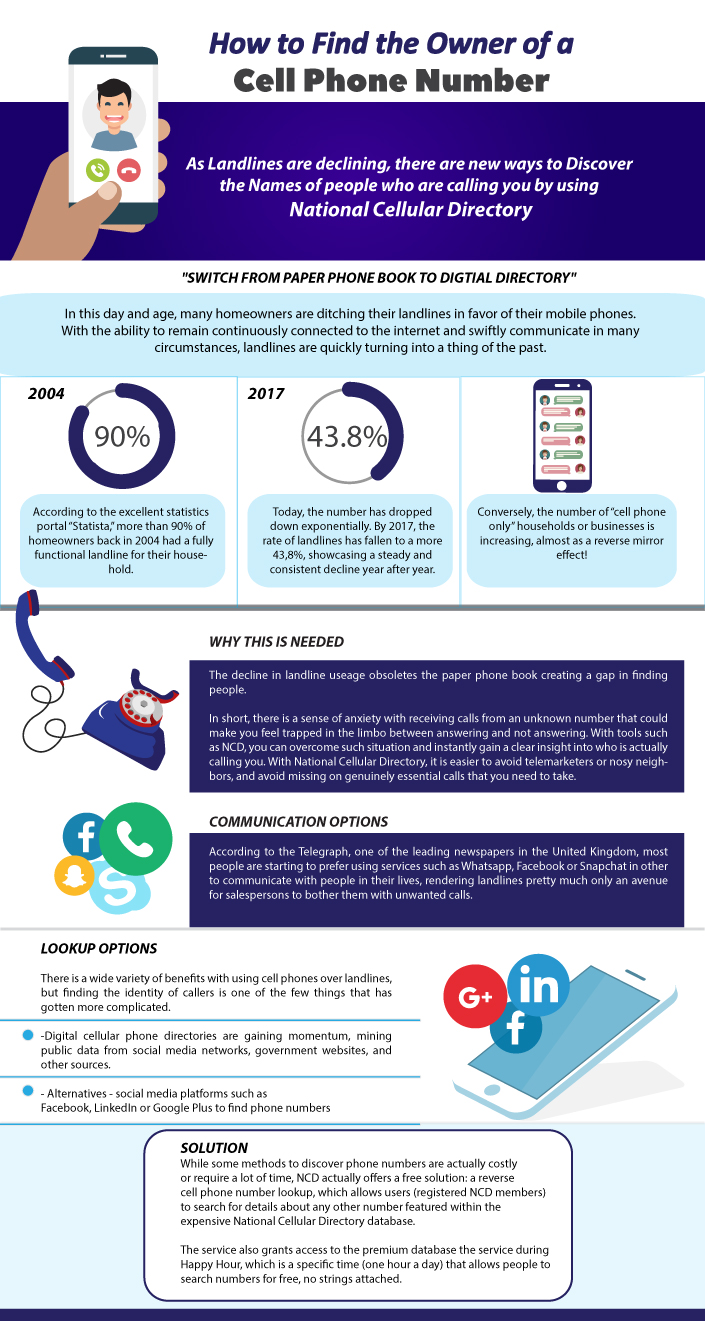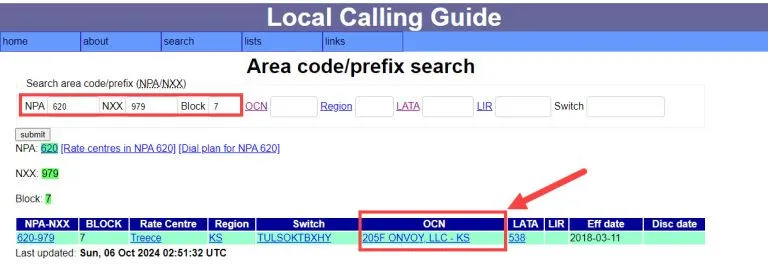How Do I Find Out Who Owns An Onvoy Number
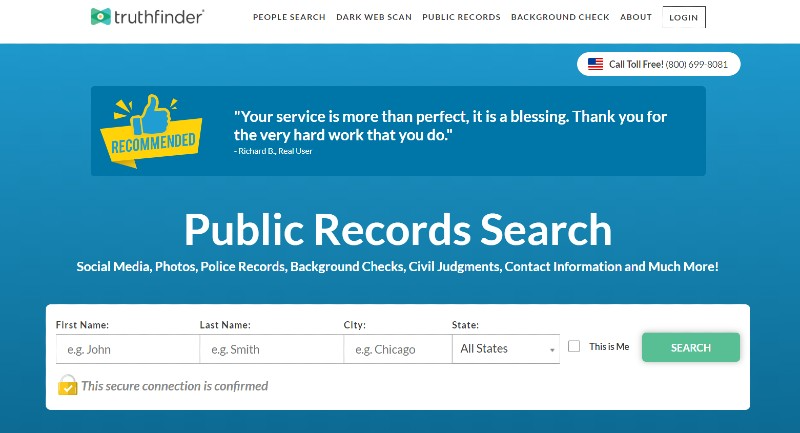
Imagine the scenario: Your phone rings, displaying an unfamiliar number. It starts with the prefix associated with Onvoy, now known as Inteliquent, a telecommunications provider. Curiosity and perhaps a touch of apprehension bubble up. Who could be calling from an Onvoy number, and what do they want? It's a common question in our increasingly interconnected world, where tracing the origins of a phone call can feel like navigating a digital maze.
Unraveling the mystery of who owns an Onvoy (now Inteliquent) number requires a strategic approach, understanding that Onvoy/Inteliquent is a wholesale carrier. They provide phone numbers and telecom services to other companies, not directly to individual consumers. Therefore, identifying the end-user behind that number involves tracing it back through these layers.
Understanding Onvoy/Inteliquent's Role
Onvoy, rebranded as Inteliquent, plays a significant yet often unseen role in the telecommunications ecosystem. It is a wholesale carrier, meaning it doesn't directly serve individual consumers with phone services.
Instead, Inteliquent provides phone numbers, network services, and other telecom infrastructure to other businesses. These businesses then use these resources to offer phone services to their own customers.
This distinction is crucial because it means you won't find the owner of an Onvoy number listed in a typical phone directory or reverse lookup service.
Why the Mystery? Protecting Privacy and Business Relationships
The indirect relationship between Inteliquent and the end-user contributes to the difficulty in tracing a phone number. Inteliquent's primary responsibility is to its direct clients. These clients, in turn, are responsible for managing the customer information associated with the numbers they utilize.
Privacy regulations and business agreements further complicate the process. Carriers are bound by laws and ethical considerations to protect the privacy of their customers. Sharing customer data without proper authorization would violate these principles and potentially expose them to legal repercussions.
Additionally, revealing the identity of an end-user could potentially harm the business relationship between Inteliquent and its clients. It's a delicate balance between providing information and safeguarding privacy.
Steps to Identify the Owner of an Onvoy Number
While directly identifying the owner of an Onvoy number can be challenging, several avenues can be explored.
1. Reverse Phone Lookup Services
Start with online reverse phone lookup services. While these services might not directly identify the subscriber, they may provide clues.
Some services aggregate data from various sources and could potentially reveal the name of the business using the number, even if they can't pinpoint the individual.
Be cautious when using these services, as some may charge fees or provide inaccurate information.
2. Search Engines and Social Media
Conduct a general search engine query with the phone number. The number may be associated with a business listing, advertisement, or social media profile.
Include variations of the number in your search, such as with and without hyphens or parentheses. Social media platforms can sometimes reveal information about a phone number if it's been used for account verification or contact information.
3. Contacting Inteliquent Directly
While Inteliquent won't directly give you the end-user's information due to privacy concerns, you can contact their customer support. Explain the situation and why you're trying to identify the number's owner.
They may be able to provide limited information or direct you to the appropriate party if your reason is legitimate. For example, you suspect fraud or harassment.
Have as much information as possible about the call, such as the date, time, and any details about the caller or the content of the call.
4. Filing a Complaint with the FCC
If you believe the call was illegal or violates telemarketing regulations, you can file a complaint with the Federal Communications Commission (FCC).
The FCC has the authority to investigate and take action against companies that violate telecommunications laws. Provide them with all relevant information about the call, including the phone number and a detailed description of the incident.
The FCC may be able to trace the number and identify the responsible party through official channels.
5. Utilizing Third-Party Apps for Spam Detection
Consider using call-blocking and spam detection apps. These apps often rely on crowd-sourced information to identify and flag potential spam or scam calls.
While they might not reveal the exact identity of the caller, they can provide warnings and help you avoid unwanted calls. Many of these apps allow users to report numbers, contributing to a growing database of suspicious numbers.
6. Legal Options and Subpoenas
In cases of harassment, fraud, or other serious issues, you may need to consider legal options. A lawyer can help you obtain a subpoena to request information from Inteliquent or other relevant parties.
A subpoena is a legal document that compels a company to provide information, even if they would normally protect it for privacy reasons. This is generally a last resort, as it requires legal representation and can be a lengthy process.
Ensure you have a valid legal reason for pursuing this option, as courts will only grant subpoenas in appropriate circumstances.
The Future of Phone Number Identification
Advancements in technology and regulations are constantly evolving the landscape of phone number identification. Initiatives like the STIR/SHAKEN framework aim to combat caller ID spoofing and robocalls.
STIR/SHAKEN helps authenticate the origin of phone calls, making it more difficult for scammers to hide their true identities. As these technologies become more widely adopted, it may become easier to identify the source of calls originating from carriers like Inteliquent.
However, the balance between security and privacy will continue to be a key consideration. Any future developments will need to carefully weigh these competing interests.
Conclusion
While tracing the owner of an Onvoy/Inteliquent number presents challenges, it is not an impossible task. By combining online research, direct inquiries, and, if necessary, legal recourse, you can often uncover the information you seek.
Remember to prioritize your safety and privacy throughout the process, and report any suspected illegal activity to the appropriate authorities. The pursuit of knowledge should always be tempered with caution and respect for legal boundaries.
The world of telecommunications is constantly evolving. Staying informed about the latest technologies and regulations will empower you to navigate its complexities with greater confidence and clarity.
